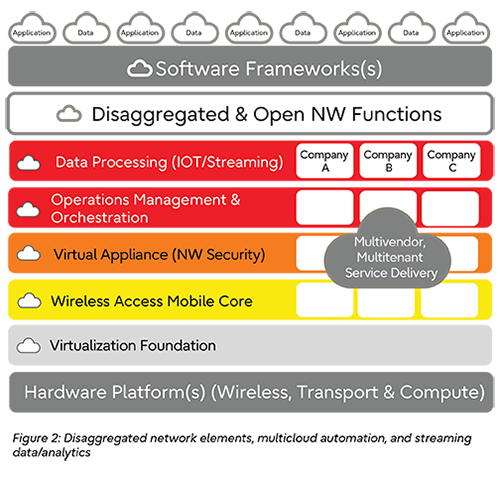Start the Journey to Cloudification on Solid Ground
Moreover, the ability to containerize network functions and modular applications around specific business capabilities allows resources to be deployed when and where they are needed, helping to optimize capacity usage and improve QoE. This optimization can be further improved with the addition of predictive analytics to isolate subtle patterns that reveal underutilized assets.
Cloudify with clarity
As the number of Internet connections continues to grow exponentially, it’s important that tomorrow’s networks are capable of meeting the demand in a way that ensures seamless performance, reliability, and trustworthiness of real-time data transactions between people, devices, and things. In order to prepare legacy networks to support new revenue-generating experiences with next-generation multicloud environments, a digital-first transformation is necessary.

The agility and business value that comes with cloud-native applications, automated intelligence, and disaggregated network components empowers meaningful business development. With virtual network functions and sophisticated applications distributed across multicloud environments, MNOs can select the cloud services that meet their needs, speeding delivery of unique, end-to-end service combinations while reducing costs for improved profitability.
Successful digital transformation enables MNOs to strengthen existing business and partner ecosystems, driving sustainability even as they speed up innovation. But with all the possibilities of digital transformation, it’s important to begin by focusing on the steps that can deliver the most network value first. In this way, MNOs can start off on solid footing to begin their cloudification journey with confidence.



















